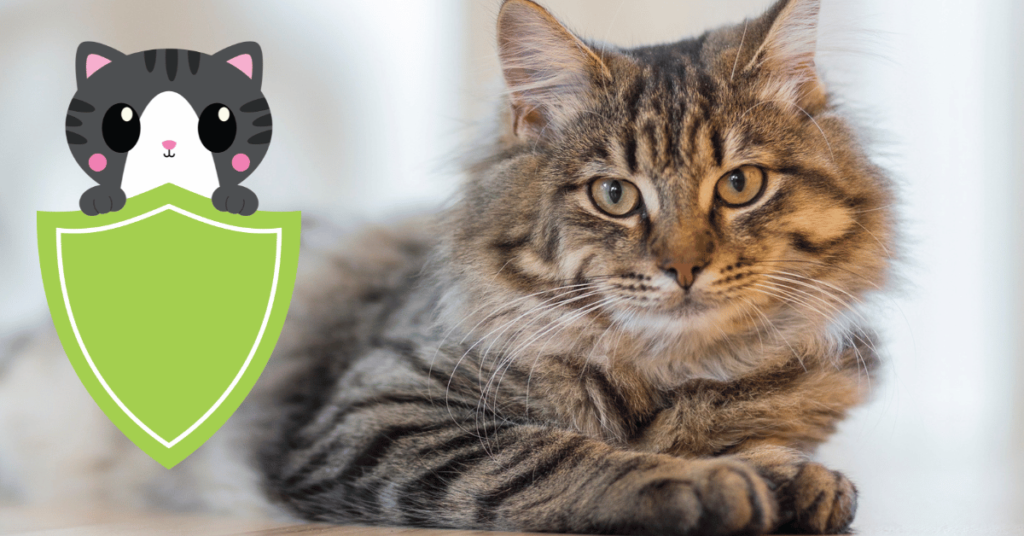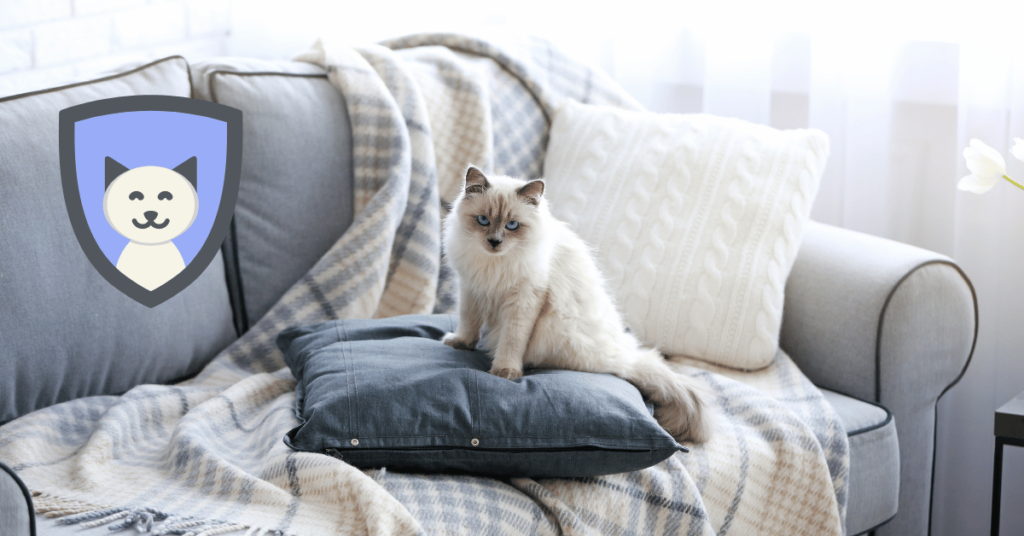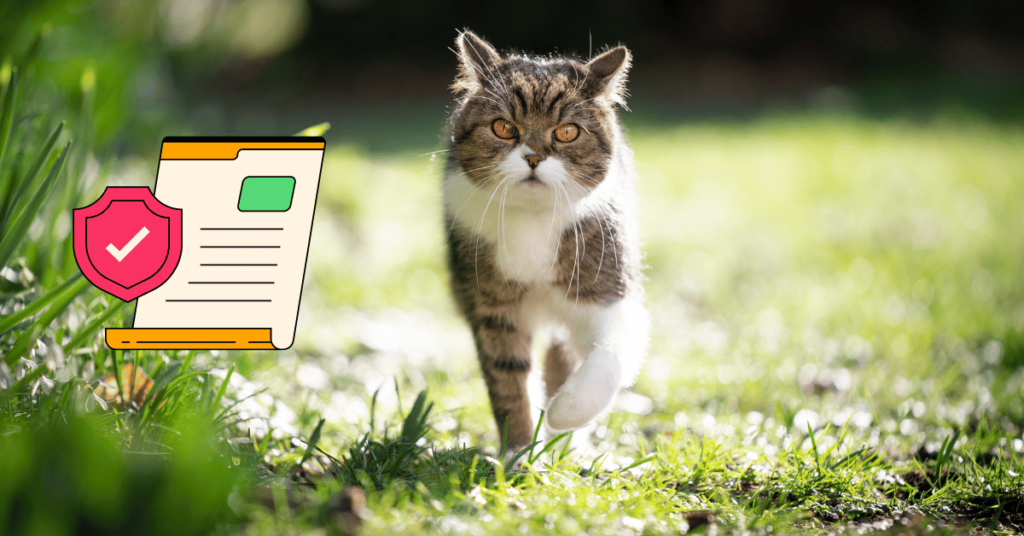When it’s time to renew your cat insurance policy, you may notice that your monthly premiums are increasing. This is a common occurrence that can happen for several reasons, such as rising veterinary costs, your cat getting older, a past claim you made, or the expiration of an introductory discount.
If you’re unhappy with your current coverage or the new price, you’re not stuck. You can always switch cat insurance providers, but before making the move, there are important factors to consider to ensure you’re getting the best deal without losing valuable coverage.
What to Look for When Switching Cat Insurance Companies
When comparing cat insurance options, it’s important to evaluate the factors that will affect your claims experience and coverage. Here are the key things to watch out for:
1. How Reimbursement is Calculated
The costs of vet care can vary depending on factors such as your cat’s age, breed, location, and the type of treatment required. Therefore, it’s crucial to choose an insurance plan with a reliable reimbursement method.
Pet insurance typically offers reimbursement rates of 70%, 80%, or 90%. However, it’s important that your reimbursement is based on your actual veterinary bill, rather than a benefits schedule or pre-determined amount based on the diagnosis. This ensures you’ll receive a consistent payout that covers a significant portion of your expenses.
2. Customer Service and Support
Reliable customer service is often overlooked but can be invaluable in times of need. Take the time to review the insurance company’s customer support options. Look for 24/7 claims lines, live chat options, video consultations, and online account management tools. It’s also helpful to ensure that their website or app is user-friendly and makes it easy to file claims or get assistance.
3. Claim Processing Times
The speed at which insurance companies process and pay out claims can vary. Most insurers take around 10 to 20 working days, but some offer quicker options. For example, insurers like Pets Best, ASPCA, and Lemonade provide mobile apps that allow you to file claims quickly and get reimbursed via direct deposit or check. Opting for a provider with faster claim payouts can make a big difference when managing large vet bills.
Can You Switch Pet Insurance If Your Cat Has a Pre-Existing Condition?

Switching pet insurance is possible even if your cat has a pre-existing condition, but there are limitations. Most pet insurance providers won’t cover pre-existing conditions. If your cat has had recent medical issues or you’ve filed a claim within the last one to two years, these may be classified as pre-existing conditions under a new policy.
However, some insurers, such as ASPCA and Embrace Pet Insurance, offer coverage for curable pre-existing conditions, provided your cat hasn’t displayed symptoms or required treatment for several months prior to the policy’s start date. This could allow you to switch providers and still get coverage for certain conditions.
If your cat has ongoing health concerns, carefully consider whether switching insurance providers is worth the potential loss of coverage for those conditions.
How to Avoid Coverage Gaps When Switching Cat Insurance
One of the main risks of switching cat insurance is creating a gap in coverage. Most pet insurance policies have a waiting period after enrollment, during which claims won’t be covered. To ensure your cat is continuously covered, consider these two strategies:
- Overlapping Policies: Keep both the old and new policies active until the waiting period on the new policy has passed. This ensures that your cat is covered without interruption.
- Timing the Switch: Plan your switch to occur just before your old policy is set to renew, so the new policy takes effect without any coverage gaps.
This approach will protect your cat from being uninsured during the transition, especially if a medical emergency arises.
How to Switch to a Better Cat Insurance Plan

Switching to a better cat insurance plan requires careful comparison. Comparison Tools can be helpful for this process, allowing you to compare different policies and see how each one aligns with your needs and budget.
To make the switch:
- Research Options: Compare quotes and policy details from several providers.
- Evaluate Coverage: Make sure the new policy covers the necessary treatments and provides an acceptable reimbursement rate.
- Review the Fine Print: Check for any exclusions or waiting periods that could affect your coverage.
- Cancel the Old Policy: Once your new policy is in effect, cancel your old policy to avoid paying double premiums.
Conclusion
Switching cat insurance can be a smart decision if you’re unhappy with your current plan’s coverage or renewal price. However, be cautious when making the switch, especially if your cat has a pre-existing condition or if there’s a waiting period with the new provider.
By carefully comparing providers, ensuring continuous coverage, and choosing a policy that offers reliable reimbursement rates and good customer service, you can find a cat insurance plan that better suits your needs and gives you peace of mind.
With the right approach, you can confidently switch cat insurance and ensure that your pet continues to receive the best possible care.
So that was all about this article. If you have any further questions feel free to comment down below. We are always here to help you!




